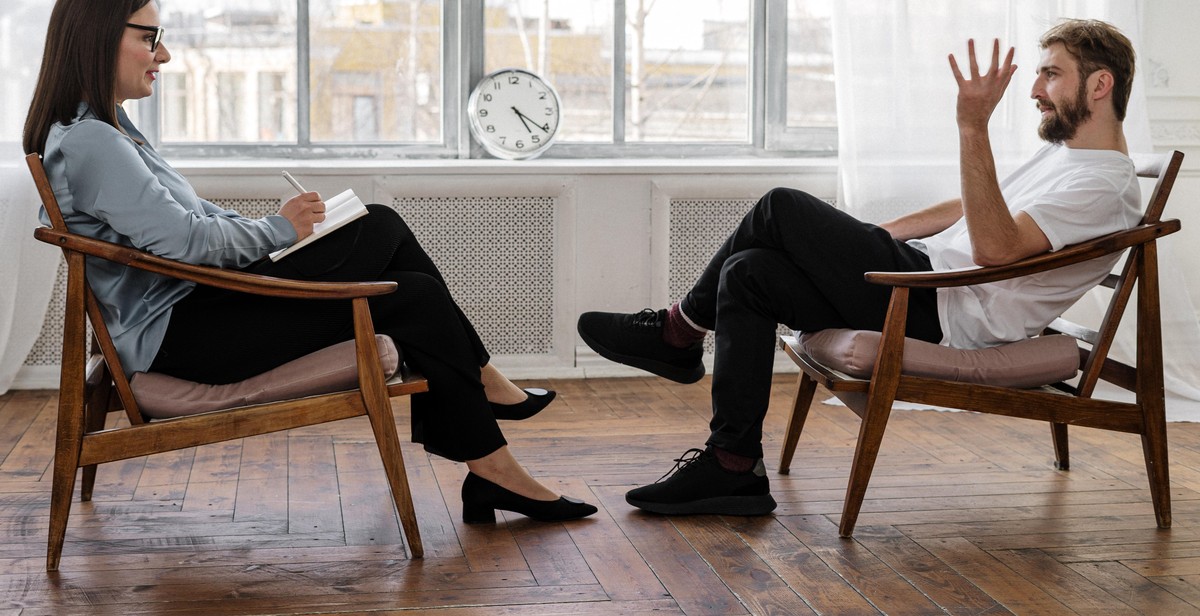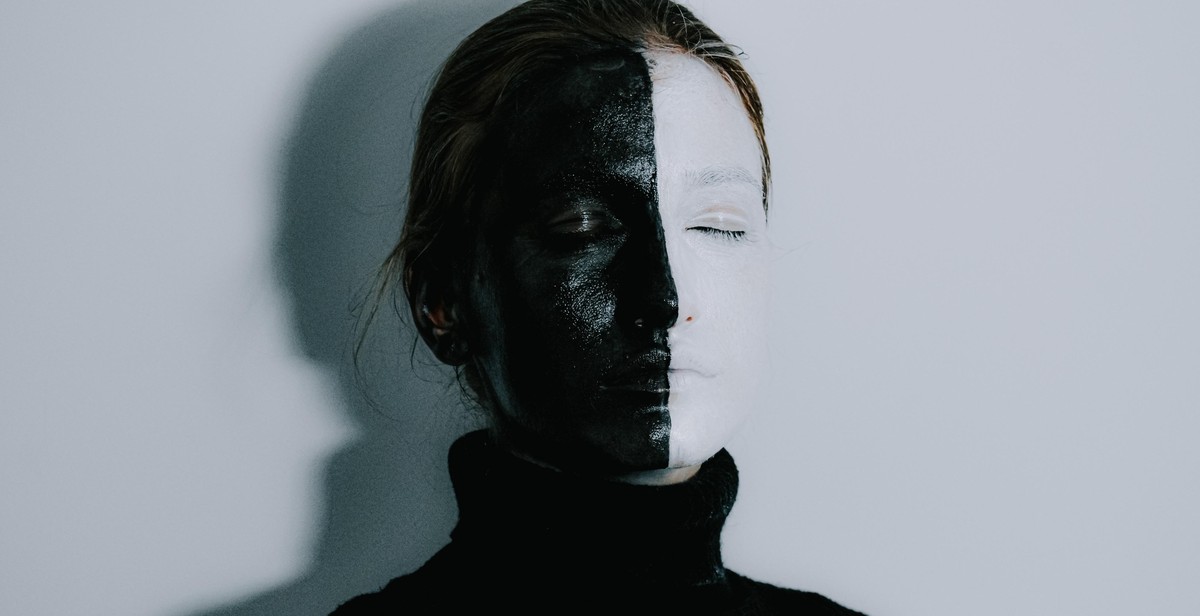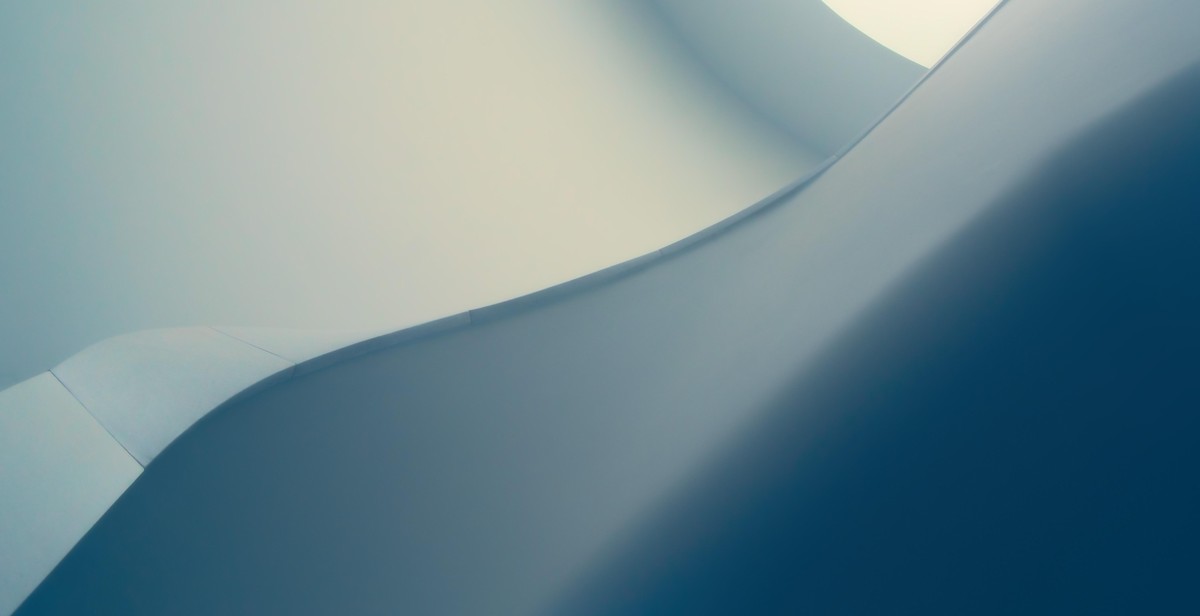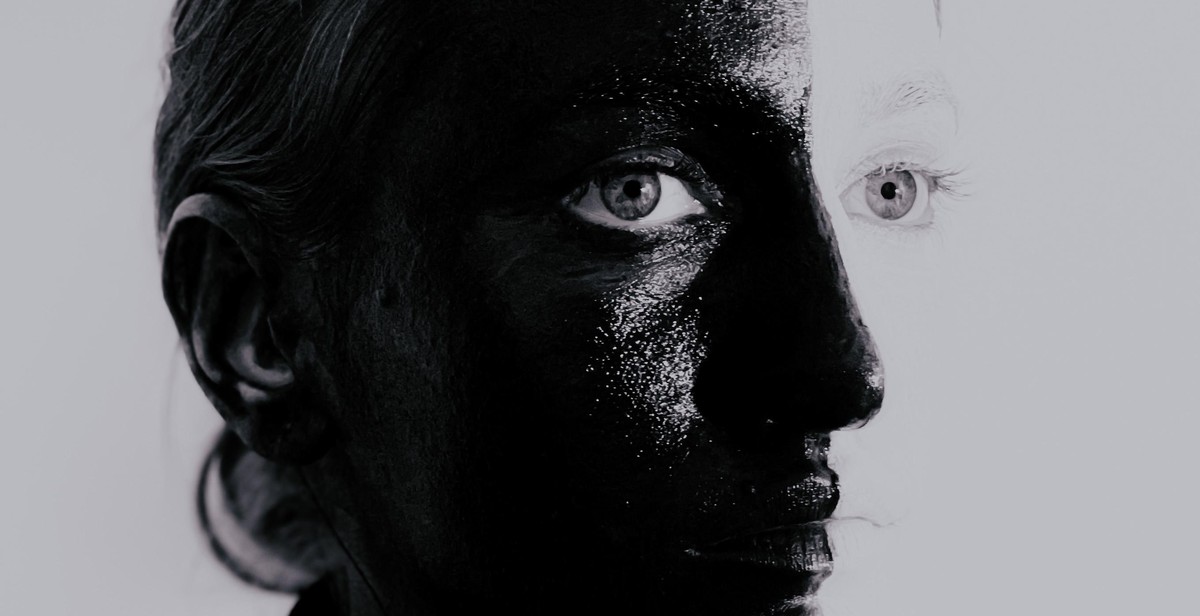Introduction: How to Use Color Psychology in Design: Influencing Emotions and Behaviors
Color psychology is the study of how colors affect human behavior and emotions. It is a powerful tool in design, marketing, and branding because it can influence how people perceive and react to a product or service. Understanding color psychology helps designers create effective designs that resonate with their target audience.
What is Color Psychology?
Color psychology is the science of how colors affect human behavior. It studies the impact of colors on emotions, perceptions, and actions. Colors can influence how people feel, think, and behave, and understanding this can help designers create more effective designs. For example, using warm colors like red, orange, and yellow can create a sense of excitement and urgency, while cool colors like blue and green can create a sense of calmness and relaxation.
Color psychology is used in various fields, such as marketing, branding, and advertising. Companies use colors to create a brand identity that resonates with their target audience. For example, fast-food chains like McDonald’s and KFC use bright colors like red and yellow to create a sense of urgency and excitement, while luxury brands like Chanel and Gucci use black and gold to create a sense of sophistication and exclusivity.
In this article, we will explore the basics of color psychology and how it can be used in design to influence emotions and behaviors. We will also discuss the different meanings of colors and how they can be used to create effective designs.

The Effects of Color on Emotions
Colors play a significant role in influencing human emotions and behavior. They can evoke different emotions and reactions in people, affecting their mood and perception of a particular environment or product. Here are some of the effects of different colors on emotions:
Red: Passion and Energy
Red is a powerful color that can evoke strong emotions in people. It is associated with passion, energy, and excitement. When used in design, it can create a sense of urgency and grab the viewer’s attention. Red is often used in marketing and advertising to stimulate sales and create a sense of urgency.
Blue: Calm and Trust
Blue is a calming color that can evoke feelings of trust and security. It is associated with the sky and the ocean and is often used in corporate branding to create a sense of professionalism and reliability. Blue can also stimulate creativity and productivity, making it a popular choice in office spaces.
Yellow: Happiness and Optimism
Yellow is a bright and cheerful color that can evoke feelings of happiness and optimism. It is often associated with the sun and is used to create a warm and welcoming environment. Yellow can also stimulate the appetite, making it a popular choice in the food industry.
Green: Nature and Growth
Green is a color that is associated with nature and growth. It can evoke feelings of balance, harmony, and stability. Green is used in design to create a calming and refreshing environment. It is also associated with health and wellness, making it a popular choice in the healthcare industry.
Purple: Luxury and Creativity
Purple is a color that is often associated with luxury, creativity, and royalty. It can evoke feelings of sophistication and elegance. Purple is used in design to create a sense of exclusivity and high-end products. It is also associated with creativity and imagination, making it a popular choice in the art and design industry.
Black: Sophistication and Power
Black is a color that is associated with sophistication, power, and elegance. It can evoke feelings of mystery and exclusivity. Black is often used in luxury branding to create a sense of high-end products. It is also used to create a sleek and modern look in design.
White: Purity and Simplicity
White is a color that is associated with purity, simplicity, and cleanliness. It can evoke feelings of peace and serenity. White is often used in design to create a minimalist and modern look. It is also used in healthcare branding to create a sense of cleanliness and hygiene.
Understanding the effects of color on emotions is crucial in design. By using the right colors, designers can create a specific mood and influence the behavior of the viewer.

The Influence of Color on Behaviors
Color psychology is the study of how colors affect human behavior, emotions, and decisions. Understanding the impact of color on behaviors is crucial for designers to create effective and appealing designs that engage and influence their target audience. Here are some of the most common colors used in design and their impact on behaviors:
Red: Urgency and Action
Red is a powerful color that evokes strong emotions and stimulates urgency. It is often used to create a sense of urgency and encourage immediate action. In design, red is commonly used for call-to-action buttons, warning signs, and clearance sales. However, using too much red can create feelings of aggression and anxiety.
Blue: Trust and Productivity
Blue is a calming and soothing color that is associated with trust, reliability, and productivity. It is often used in corporate and business settings to convey a sense of professionalism and stability. Blue is also a popular choice for healthcare and wellness brands as it promotes a sense of calm and relaxation.
Yellow: Attention and Impulse
Yellow is a bright and attention-grabbing color that is associated with optimism, happiness, and creativity. It is often used to create a sense of urgency and impulse buying. Yellow is commonly used in clearance sales, caution signs, and advertising for children’s products. However, using too much yellow can cause eye strain and fatigue.
Green: Relaxation and Health
Green is a calming and refreshing color that is associated with nature, health, and relaxation. It is often used in healthcare and wellness settings as it promotes healing and rejuvenation. Green is also a popular choice for eco-friendly and sustainable brands as it represents environmentalism and sustainability.
Purple: Creativity and Imagination
Purple is a mysterious and creative color that is associated with imagination, spirituality, and luxury. It is often used in creative industries such as art, fashion, and beauty. Purple is also a popular choice for luxury brands as it represents sophistication and exclusivity.
Black: Authority and Luxury
Black is a powerful and elegant color that is associated with authority, sophistication, and luxury. It is often used in high-end fashion, luxury cars, and premium products. Black is also a popular choice for professional and corporate settings as it conveys a sense of power and authority.
White: Cleanliness and Safety
White is a clean and pure color that is associated with cleanliness, safety, and simplicity. It is often used in healthcare and medical settings as it represents sterility and cleanliness. White is also a popular choice for minimalist and modern designs as it promotes simplicity and clarity.
| Color | Behavioral Impact |
|---|---|
| Red | Urgency and Action |
| Blue | Trust and Productivity |
| Yellow | Attention and Impulse |
| Green | Relaxation and Health |
| Purple | Creativity and Imagination |
| Black | Authority and Luxury |
| White | Cleanliness and Safety |

Applying Color Psychology in Design
Color psychology is the study of how colors affect human behavior and emotions. It is an important aspect of design, as the right color scheme can influence a user’s experience and perception of a brand. Here are some tips for applying color psychology in your design:
Consider Your Brand Identity
The colors you choose for your design should align with your brand identity. For example, if your brand is associated with health and wellness, you may want to use green or blue, as these colors are often associated with nature and calmness. On the other hand, if your brand is associated with excitement and energy, you may want to use red or orange, as these colors are often associated with passion and enthusiasm.
Understand Your Audience
It is important to consider your target audience when choosing a color scheme. Different age groups and cultures may have different associations with colors. For example, in Western cultures, blue is often associated with trust and professionalism, while in Eastern cultures, it may be associated with sadness. Understanding your audience can help you choose the right color scheme to appeal to them.
Choose the Right Color Scheme
When choosing a color scheme, consider the emotions and behaviors you want to evoke in your users. Warm colors like red, orange, and yellow can create excitement and energy, while cool colors like blue, green, and purple can create calmness and relaxation. Analogous color schemes, where colors are adjacent on the color wheel, can create harmony and consistency, while complementary color schemes, where colors are opposite on the color wheel, can create contrast and vibrancy.
Use Color to Guide User Experience
Color can also be used to guide a user’s experience. For example, using a bright color for a call-to-action button can draw the user’s attention and encourage them to take action. Using a muted color for background elements can help highlight more important content. Color can also be used to create a hierarchy of information, with brighter, more saturated colors used for more important information.
Avoid Overuse and Conflicting Colors
While color can be a powerful tool in design, it is important to use it in moderation. Overusing colors can create a chaotic and overwhelming experience for the user. Conflicting colors, where colors clash or create visual discomfort, can also be distracting and unpleasant. It is important to choose a color scheme that is visually pleasing and easy on the eyes.
- Consider your brand identity
- Understand your audience
- Choose the right color scheme
- Use color to guide user experience
- Avoid overuse and conflicting colors

Conclusion
Color psychology is a powerful tool that designers can use to influence the emotions and behaviors of their audience. By understanding the meanings and associations of different colors, designers can create more effective and impactful designs that resonate with their target audience.
When using color psychology in design, it is important to consider the context and cultural differences that may affect how colors are perceived. Additionally, designers should be mindful of the color combinations they use, as certain colors can clash or create conflicting emotions.
Overall, incorporating color psychology into your design process can help you create more engaging and effective designs that resonate with your audience. So next time you are working on a design project, take some time to consider the emotional and behavioral impact of the colors you choose.
Key Takeaways
- Colors have different meanings and associations that can influence emotions and behaviors.
- Cultural differences can affect how colors are perceived.
- Color combinations can create conflicting emotions.
- Incorporating color psychology into your design process can help you create more engaging and effective designs.
| Color | Meaning/Association |
| Red | Passion, energy, danger |
| Blue | Calmness, trust, professionalism |
| Yellow | Happiness, optimism, caution |
| Green | Nature, growth, money |
| Purple | Royalty, luxury, spirituality |
| Orange | Friendly, energetic, affordable |
